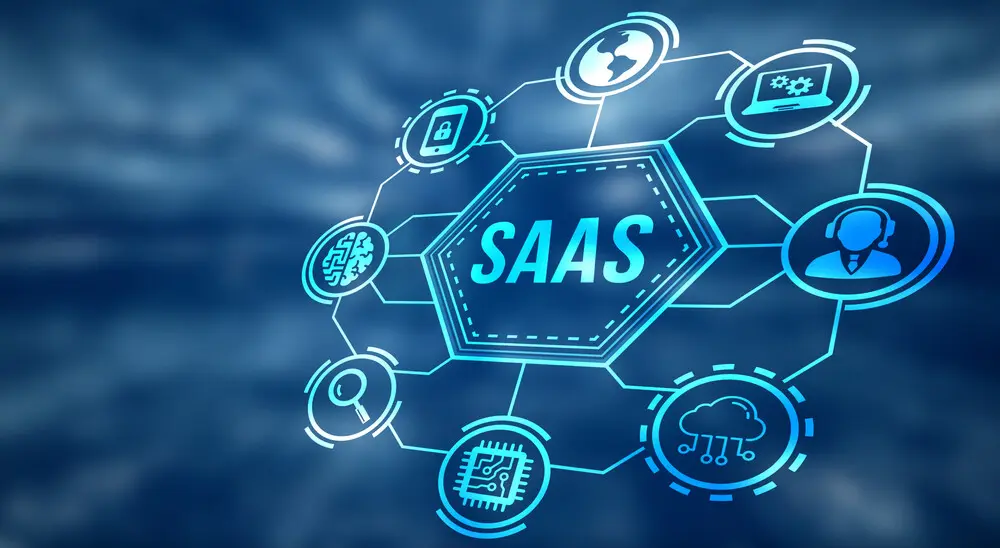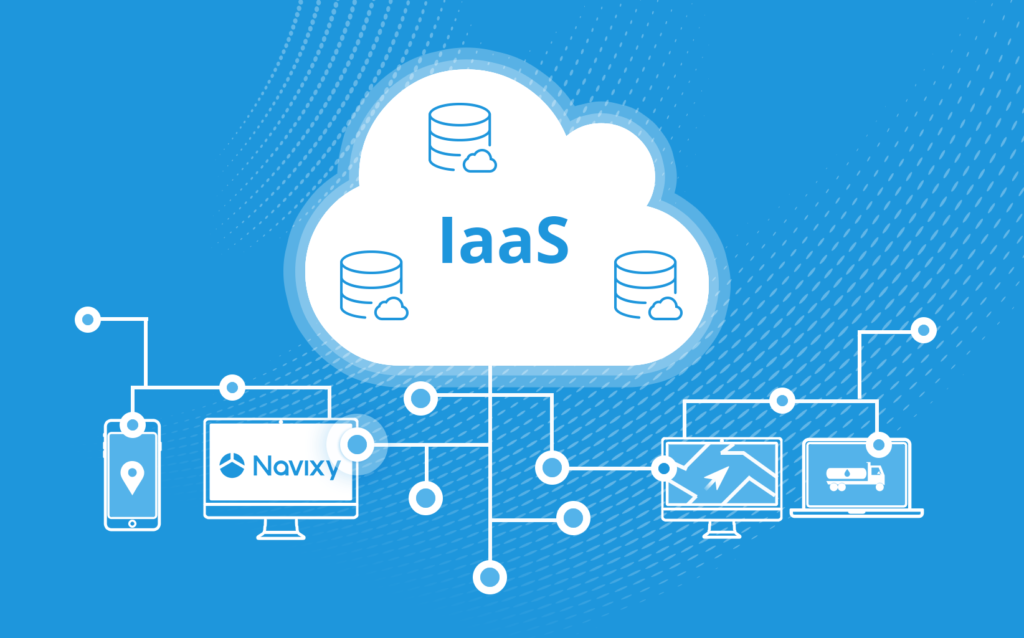Description
Software as a Service (SaaS) is a revolutionary model within the broader landscape of cloud computing, transforming how individuals and organizations access, use, and manage software applications. At its essence, SaaS delivers software applications over the internet, eliminating the need for users to install, maintain, or update the software locally. This paradigm shift has profound implications for efficiency, scalability, and accessibility, making SaaS a cornerstone of modern software delivery.




Juliana –
SaaS’s subscription-based model has proven to be cost-efficient for our organization. The predictable monthly expenses allow for better budgeting and resource allocation. This pricing structure eliminates surprise costs associated with traditional software licensing and maintenance.
Yunusa –
One of the standout features of SaaS is the seamless delivery of updates and enhancements. We no longer need to worry about manual installations or disruptions to our workflow. The software is always up-to-date, ensuring we benefit from the latest features and improvements effortlessly.
Theresa –
SaaS has transformed the way we use software by providing a user-friendly interface that requires minimal training. The intuitive design has boosted user adoption, making it easy for our team to quickly leverage the software’s capabilities without a steep learning curve.